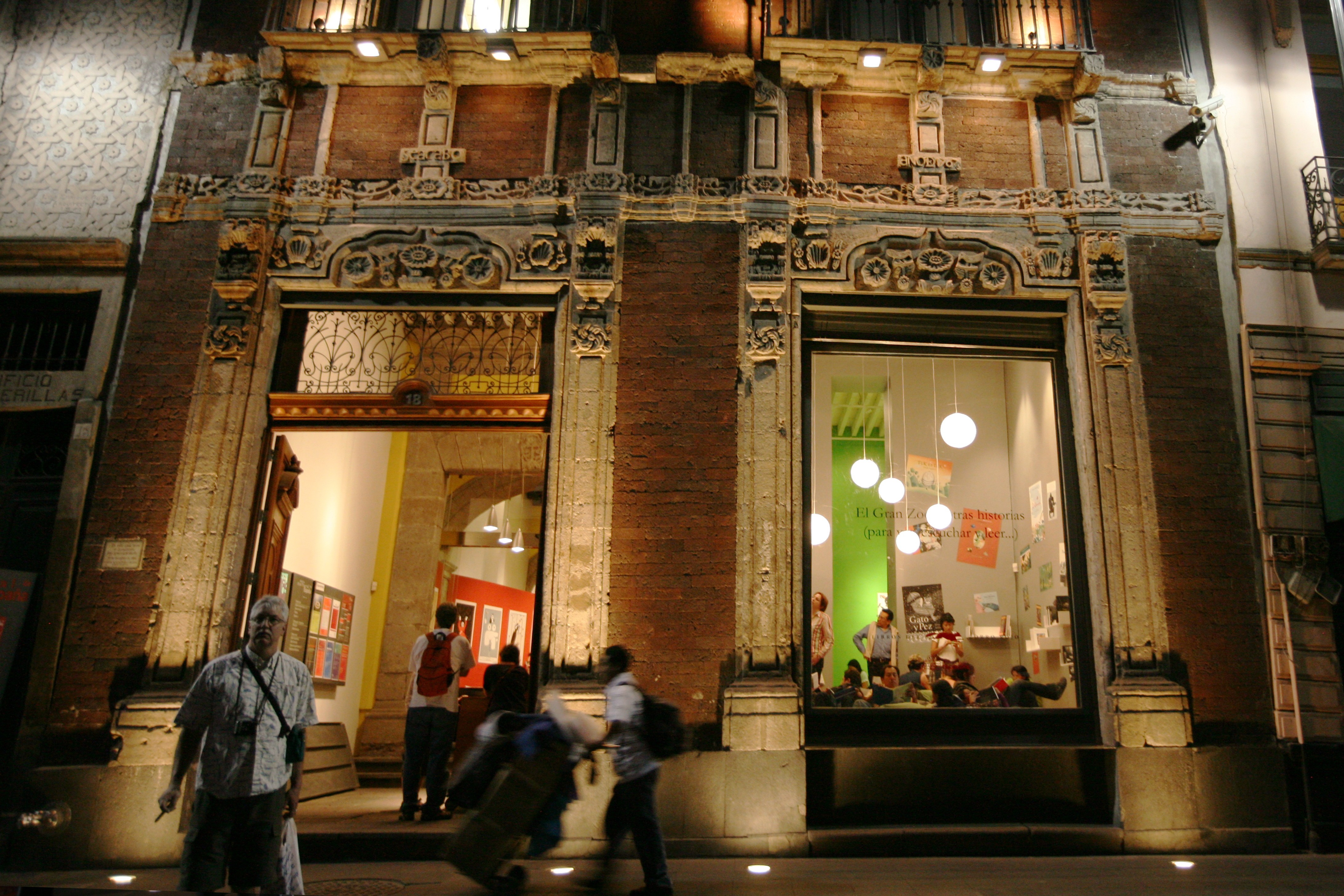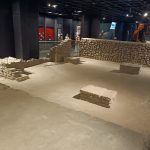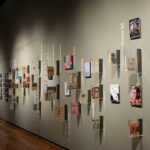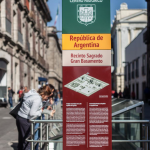
The Centro Cultural de España en México (CCEMx) is the Spanish Cultural Center in Mexico. It’s arguably the most important cultural center of its kind in the city. This is not just due to its prominent location behind the Metropolitan Cathedral.
It’s part of the Network of Cultural Centers of the Spanish Agency for International Cooperation and Development (AECID). The 16th-century building with a Baroque façade was donated in 2002 by the Mexico City Government to the Agency.
A 2011 remodeling added an entirely new wing and extended the facility to Donceles 97 connecting two emblematic streets of the Historic City-Center. Today, the Center includes:
Espacio X – An auditorium with capacity for 500 people or 250 seats;
Sala Panorama – A multipurpose room of 240 square meters and a terrace with views of the Zocalo;
Sala Donceles – More than 300 meters of linear exhibition space;
Salas 1 to 5 – Five adjoining exhibition rooms, Ain;
Two Workshop Rooms
A multi-disciplinary cultural space, frequent activities include film, musical events, workshops and conferences, live arts events, events in the humanities and literature, children’s activities, art, science, technology and society, as well as important exhibitions.
The Center is primarily focused on the amplification of contemporary art, but it’s also known as something of a lively nightspot.
In 2012, a Site Museum was opened in the basement. This resulted from the discovery of an ancient Calmécac, that is, a training center for nobility in ancient México-Tenochtitlán.
The Centro Cultural de España en México has played an important role in the cultural life of the City-Center going back two decades. It’s a remarkably active and vibrant space, and not just for visitors to the City. Generations have grown up counting on the Center as an alternative, and even as a mainstay, in the City’s art, cultural, and visual arts scene.
 The central district of ancient Tenochtitlan was home to several institutions. Among these was a Calmécac, a school for the sons of Tenochtitlan nobles. Students dedicated themselves here to the priesthood, to war craft and to making decisions for the ancient city. Over the centuries, the space came to be occupied by a colonial era mansion but after the 1985 earthquake that building was left in ruins. The Cultural Center of Spain in Mexico later expanded building and the vestiges of this important Mexica school room were revealed. Excavations later exposed more than 80 artifacts from multiple periods. These are exhibited within a Site Museum operated by the CCE.
The central district of ancient Tenochtitlan was home to several institutions. Among these was a Calmécac, a school for the sons of Tenochtitlan nobles. Students dedicated themselves here to the priesthood, to war craft and to making decisions for the ancient city. Over the centuries, the space came to be occupied by a colonial era mansion but after the 1985 earthquake that building was left in ruins. The Cultural Center of Spain in Mexico later expanded building and the vestiges of this important Mexica school room were revealed. Excavations later exposed more than 80 artifacts from multiple periods. These are exhibited within a Site Museum operated by the CCE.
Heart of Mexico Walkin Route: Ancient Route
< < Gran Basamento Mexica | Ancient Route Index > >
Proyecto “Corredor de Cultura Digital”.
Nombre de la investigación: Investigación Centro Histórico, Monumentos, Edificios y Puntos de Interés (2023)
Dirección de investigación y diseño de Rutas: Acércate al Centro A.C. Guadalupe Gómez Collada
Coordinación e investigación histórica: Fideicomiso del Centro histórico Dir. Maestra Loredana Montes
 +52 (55) 5521 1925
+52 (55) 5521 1925

Nearest at 0.05 kms.

Nearest at 0.05 kms.

Nearest at 0.10 kms.

Two windows along Argentina Street offer glimpses into the City's ancient past . . .

One of the Templo Mayor complex's most compelling secrets is slowly revealed . . .

Site of the rebirth of Modern Mexico from its ancient roots . . .

One of the most important sites in the city, even today, don't miss the chance to visit the Templo Mayor.

The first Cathedral to have been built in the Americas.